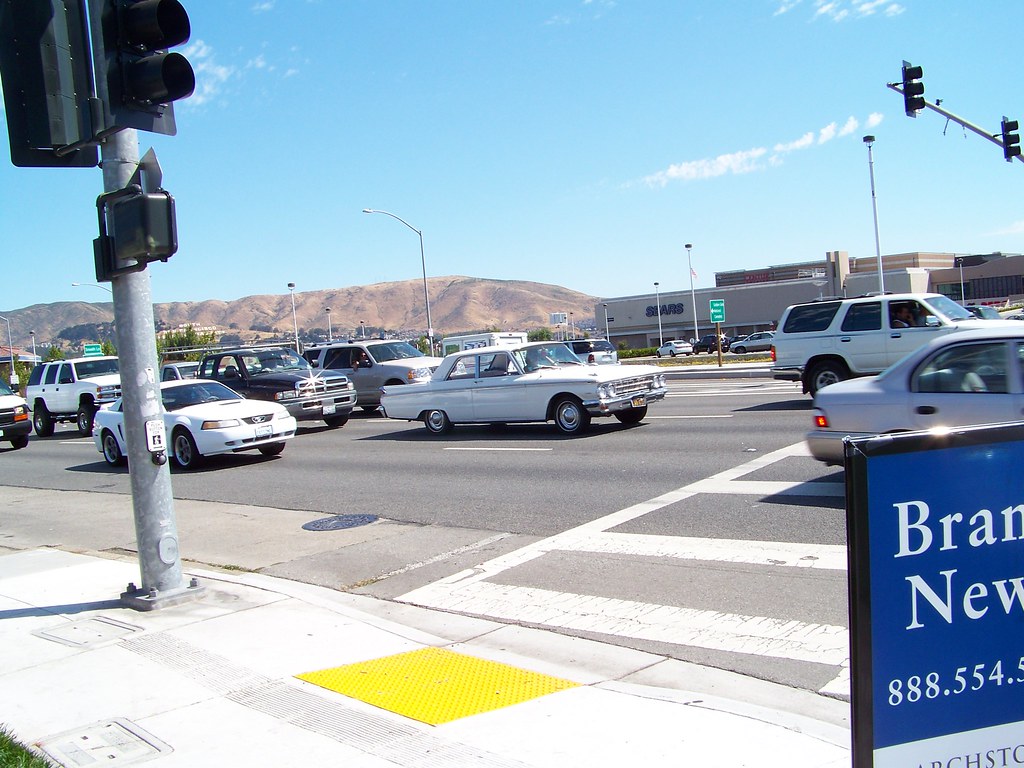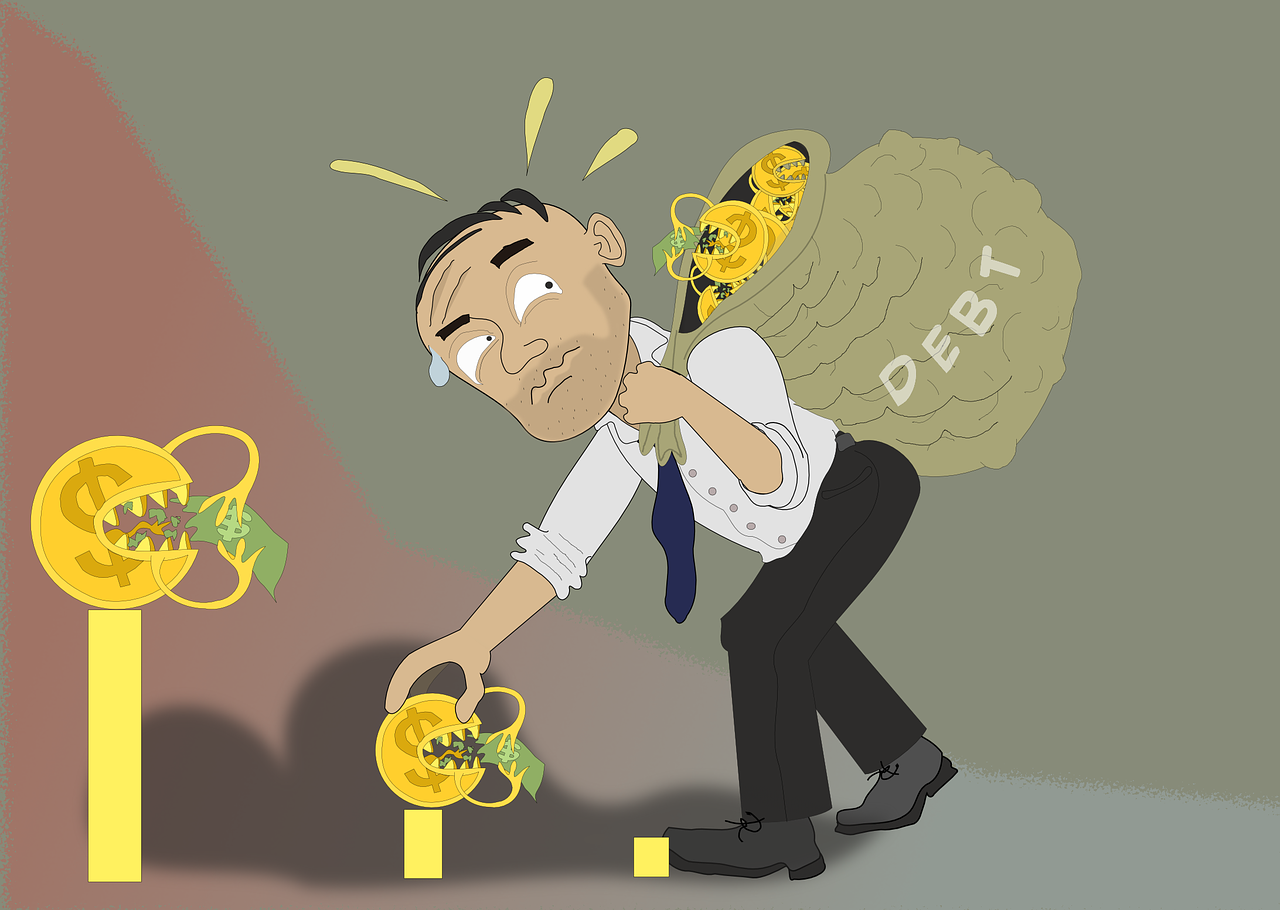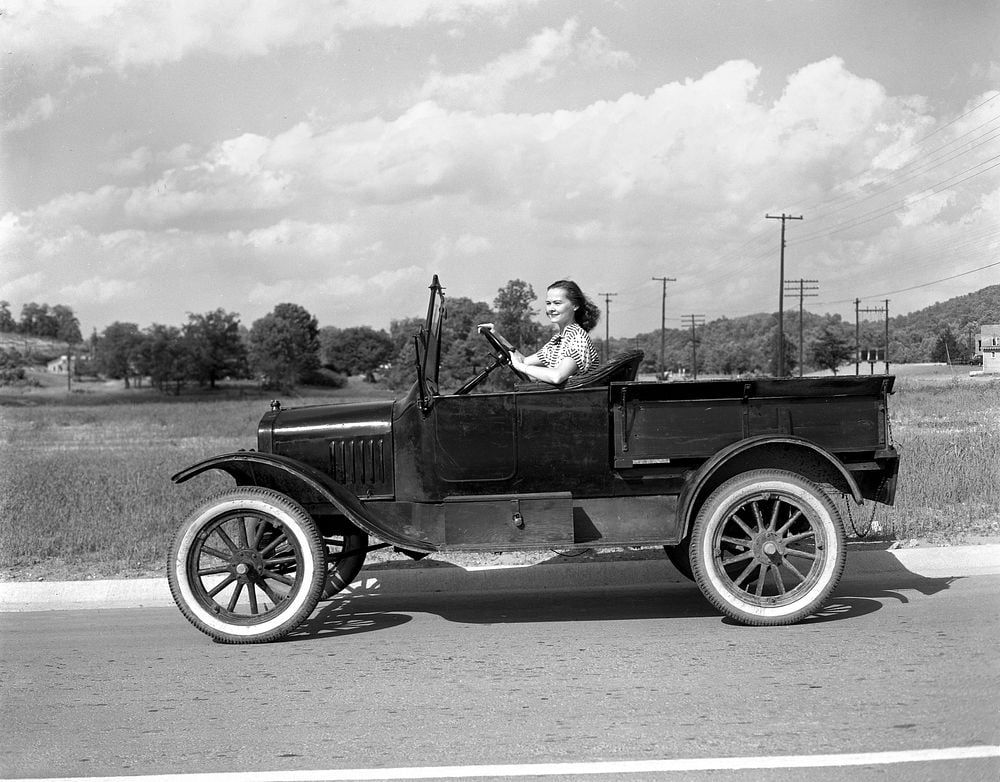
Ever bought something big, only for that giddy excitement to slowly—or sometimes instantly—morph into a creeping dread? That sinking feeling, that whisper in the back of your mind screaming, “What have I done?!” Yeah, that’s buyer’s remorse, and let us tell you, it hits different when we’re talking about one of the biggest purchases you’ll ever make: a car. It’s a moment where you literally put your cash down, and that’s the last time you’ll see it, at least until you sell your latest automotive-based mistake.
According to the latest LendingTree survey of almost 2,000 car owners, nearly 4 in 10 Americans who’ve bought a car in the past year have felt that sting of regret. This isn’t just a fleeting thought; it’s a real issue, and the pain can worsen when the price tag is high. What’s even wilder is that it’s not always about the payment or even the color of the car. Often, the main culprit is the vehicle itself—the make and model. This single regret tops the list at 14% overall, with many consumers across generations, gender, and income wishing they had purchased a different make or model.
So, buckle up! We’re diving deep into the world of ‘Why Did I Buy This?’ car purchases. We’ve combed through the data and true buyer stories to spotlight the vehicles and situations that have left owners wishing they had a time machine. Buyer’s remorse, in some form or another, is basically inevitable, as one writer even shared, it has set in for every single one of their 13 car purchases. Kicking things off, we’re going to call out some specific car brands that seem to be repeat offenders when it comes to buyer’s remorse. You’re definitely going to want to see this list!

1. **Jeep: The Love-Hate Relationship That Often Tips Towards Regret** Ah, Jeep. The very name conjures images of rugged adventure, off-road prowess, and a certain undeniable freedom. For many, the initial thrill of owning a Jeep is a powerful draw, promising a lifestyle as exciting as the open trail. However, for a significant number of owners, that thrill wears off surprisingly quickly, giving way to profound second thoughts. It seems that while some truly love their Jeeps, a nearly equal number are left asking themselves, “Why did I buy this?”
The brand unfortunately has a reputation for reliability issues, a consistent thorn in the side of many owners. Specific models, particularly the Cherokee and Renegade, are frequently cited as culprits for these problems. Imagine the anticipation of cruising in your new Jeep, only to find yourself facing unexpected trips to the service center far sooner than you anticipated. This isn’t just an inconvenience; it can quickly erode the joy of ownership.
Beyond the recurring reliability woes, the financial hit can be quite significant. Once you find yourself needing repairs, you might be unpleasantly surprised to discover that your Jeep is fairly expensive to fix. This double whammy of frequent issues and high repair costs can turn an adventurous dream into a budget-busting nightmare, leaving owners scratching their heads about their investment.
And it’s not just about what’s under the hood or the repair bills. Many owners also voice concerns about the perceived quality of the vehicle’s interior. This can be a real letdown when you expect a certain level of comfort and durability. Furthermore, complaints about a rough daily ride are common, making the everyday commute less enjoyable than the occasional off-road excursion. In essence, for many, the promise of the Jeep experience doesn’t quite match the reality of daily ownership, leading to that undeniable pang of regret.

2. **Volkswagen: European Flair with a Side of Unforeseen Headaches** Volkswagen vehicles often stand out in the automotive landscape with their distinctive European flair and a reputation for being fun-to-drive. Models like the Golf and Jetta have successfully captivated drivers who appreciate engaging handling and a touch of continental style. The initial appeal is strong, promising a sophisticated yet enjoyable driving experience that sets them apart from many competitors on the road.
However, beneath that stylish exterior, many Volkswagen owners report feeling somewhat misled once they delve deeper into the long-term ownership experience. A common theme emerging from buyer feedback is inconsistent reliability, which can be particularly frustrating for those who expected a more dependable performance from a brand with such a global presence. This unreliability often translates directly into higher-than-expected repair costs, turning a stylish acquisition into a financial drain.
Specific issues frequently reported include problems with the electronics, which can range from minor annoyances to significant malfunctions that impact vehicle functionality. Another major point of contention for many owners is the DSG automatic transmission, which has been a source of complaints. These technical headaches not only lead to costly repairs but also disrupt the smooth driving experience that initially attracted buyers.
Adding to the regret, some owners note a poor resale value when compared to their Japanese competitors. While Volkswagen may excel in terms of initial design and driving dynamics, the long-term ownership experience often falls short of expectations for many, leading to a profound sense of disappointment when it comes time to move on from the vehicle. It’s a stark reminder that aesthetics and initial driving impressions aren’t the only factors to consider.
Car Model Information: 2018 Volkswagen Golf Alltrack TSI SE
Name: Volkswagen Golf
Caption: Volkswagen Golf Mk9
Manufacturer: Volkswagen
Production: 1974–present
Class: Compact car
Predecessor: Volkswagen Beetle
Successor: Volkswagen ID.3
Alt: grey car (hatchback)
Categories: 1980s cars, 1990s cars, 2000s cars, 2010s cars, 2020s cars
Summary: The Volkswagen Golf () is a compact car/small family car (C-segment) produced by the German automotive manufacturer Volkswagen since 1974, marketed worldwide across eight generations, in various body configurations and under various nameplates – including as the Volkswagen Rabbit in the United States and Canada (Mk1 and Mk5), and as the Volkswagen Caribe in Mexico (Mk1).
The original Golf Mk1 was a front-engined, front-wheel drive replacement for the air-cooled, rear-engined, rear-wheel drive Volkswagen Beetle. Historically, the Golf is Volkswagen’s best-selling model and is among the world’s top three best-selling models, with more than 35 million units sold as of 2019.
Initially, most Golfs were hatchbacks, with the three-door version being somewhat more popular than the five-door. Other variants include an estate (Variant, from 1993), convertible (Cabriolet or Cabrio, from 1979), and a Golf-based saloon called the Jetta, Vento (from 1992), or Bora (from 1999). The Golf covers economy to high-performance market segments.
The Golf has won awards, including the World Car of the Year in 2009, with the Mk6 and in 2013 with the Mk7. Along with the Renault Clio and the Vauxhall Astra, the Golf is one of only three cars to have won European Car of the Year twice, in 1992 and 2013. The Golf has made the annual Car and Driver 10Best list multiple times. The Mk7 won the Motor Trend Car of the Year award in 2015, and the Mk1 GTI also won the award in 1985. The Mk4 won for the best-selling car in Europe in 2001.
Get more information about: Volkswagen Golf
Buying a high-performing used car >>>
Brand: Volkswagen Model: Golf
Price: $13,777 Mileage: 123,434 mi.

3. **Chevrolet: American Icon’s Hit-or-Miss Lineup** Chevrolet, a cornerstone of the American automotive industry, boasts an extensive lineup that ranges from robust trucks to efficient compact cars, aiming to cater to a diverse array of driver needs. While some models are undeniably popular and well-regarded, the reality is that not every vehicle in their vast portfolio consistently hits the mark for buyer satisfaction. This variability can be a significant source of regret for those who choose less successful models.
Owners of certain Chevrolet cars, such as the Malibu and Equinox, frequently express dissatisfaction that stems from multiple pain points. Reliability is often cited as a concern, with issues arising that detract from the overall ownership experience. Furthermore, some buyers find the tech features to be lacking or problematic, failing to meet modern expectations for in-car connectivity and convenience. Fuel economy, too, can be a point of contention, especially as drivers seek more efficient vehicles in today’s market.
The problems often extend to critical components, with transmission issues and engine problems having unfortunately plagued specific Chevrolet models. These significant mechanical failures not only cause immense frustration but also often lead to substantial repair bills, particularly once the original warranty has expired. This can quickly turn an initial purchase into a financial burden, making owners question their decision.
While Chevrolet’s trucks generally fare better in terms of owner satisfaction, its sedans and crossovers often leave buyers wishing they had explored rival brands or different vehicle types. For a considerable number of owners, the initial brand loyalty they felt for Chevrolet wears thin after just a couple of years, replaced by a deep-seated regret over their vehicle choice. It’s a tough lesson learned about looking beyond brand recognition to specific model performance.

4. **Nissan: CVT Woes and a Diminishing Reputation** In recent years, Nissan’s reputation in the automotive world has unfortunately taken a noticeable hit, and this decline is clearly reflected in the rising tide of owner regret among its customers. What was once seen as a reliable and affordable option for many has, for a variety of reasons, started to disappoint a significant portion of its buyer base, leading to widespread second thoughts about their purchase.
One of the most common and widely discussed issues that has contributed heavily to Nissan owner regret is its continuously variable transmission, or CVT. This specific transmission type has prompted numerous complaints from drivers, with many experiencing performance issues, reliability concerns, and even expensive failures. The widespread nature of these problems has even led to lawsuits, highlighting the depth of dissatisfaction among consumers regarding this critical component.
Beyond the significant transmission woes, some buyers also feel that the interior materials and the in-car technology offered by Nissan are outdated. This perception holds true even in some of their newer models, creating a disconnect between contemporary expectations and the reality of their vehicle’s offerings. When competitors are continually innovating, a lack of freshness in these areas can quickly make a new car feel old.
While initial factors like fuel economy and perceived affordability can initially lure shoppers into a Nissan dealership, the long-term ownership experience frequently falls short of expectations. Many Nissan owners explicitly state that they would not repurchase a vehicle from the brand after having lived with their current car for a while. This sentiment speaks volumes about the lasting disappointment and regret that can accompany a Nissan purchase for a growing number of drivers.
Read more about: Buyer’s Remorse Hits Hard: 15 Cars Drivers Regretted Purchasing According to Latest Survey Findings

5. **Land Rover: Luxury, Power, and Eye-Watering Expense** There’s an undeniable allure to a Land Rover. They are synonymous with luxury, exuding a stylish sophistication while simultaneously boasting impressive power and off-road capability. For many, purchasing a Land Rover represents the realization of a dream: a premium SUV that combines prestige with rugged performance. The initial excitement of owning such a distinguished vehicle is often immense, promising a superior driving experience.
However, for a significant number of these discerning owners, the honeymoon period with their luxurious Land Rover quickly fades. Many soon regret what comes next, as the reality of ownership sets in. The primary culprit for this widespread regret? The truly astronomical maintenance costs associated with these vehicles. What started as a dream SUV can very rapidly evolve into a financial nightmare, far surpassing initial budget expectations.
Compounding the issue, Land Rover’s reliability is consistently ranked among the worst in the industry. This is a hard pill to swallow for owners who have invested heavily in what they expect to be a top-tier vehicle. Common complaints include persistent electrical glitches, which can be frustrating and difficult to diagnose, and notorious air suspension failures, which are both costly to repair and disruptive to the driving experience.
These frequent and often severe issues translate into constant, inconvenient, and expensive trips to the service center. Even high-income drivers, who might be expected to absorb higher costs more easily, have been genuinely surprised by how quickly their dream SUV transformed into a relentless financial burden. The profound regret here is deeply rooted in the continuous stream of repair bills and the unpredictable, often unreliable performance of their once-coveted luxury vehicle.
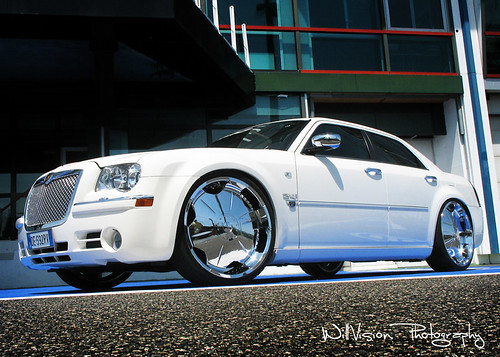
6. **Chrysler: Legacy Brand Struggling with Quality and Value** Chrysler, a brand steeped in American automotive history, currently fields a relatively small lineup of vehicles. Unfortunately, this limited offering is often accompanied by similarly low customer satisfaction scores, making it a recurring name on lists of cars that inspire buyer’s remorse. The brand struggles to deliver a consistent experience that lives up to the expectations of its buyers, leading to significant disappointment.
Many owners of Chrysler models, specifically the Chrysler 300 and Pacifica, voice considerable complaints regarding quality control issues. These aren’t minor gripes; they often pertain to fundamental aspects of the vehicle. Faulty electronics are a frequent point of frustration, disrupting everything from entertainment systems to critical vehicle functions. Premature wear and tear on components also contribute to a sense of a car that just doesn’t hold up as it should.
While Chrysler often attempts to project a premium image through its marketing and design, the real-world ownership experience, for many, simply doesn’t deliver on that promise. The gap between expectation and reality can be a significant source of regret, as buyers find that the perceived luxury doesn’t translate into a robust or reliable product in daily use. This can be a particularly bitter pill when a premium price tag is involved.
Further exacerbating the problem is the consistently poor resale value of Chrysler vehicles. This means that when owners decide to move on from their disappointing purchase, they often recover far less of their initial investment than they might expect, adding financial insult to injury. Compounded by parts that can be both expensive and hard to find, it’s no wonder this legacy brand shows up consistently on regret lists, leaving a trail of disillusioned buyers in its wake.
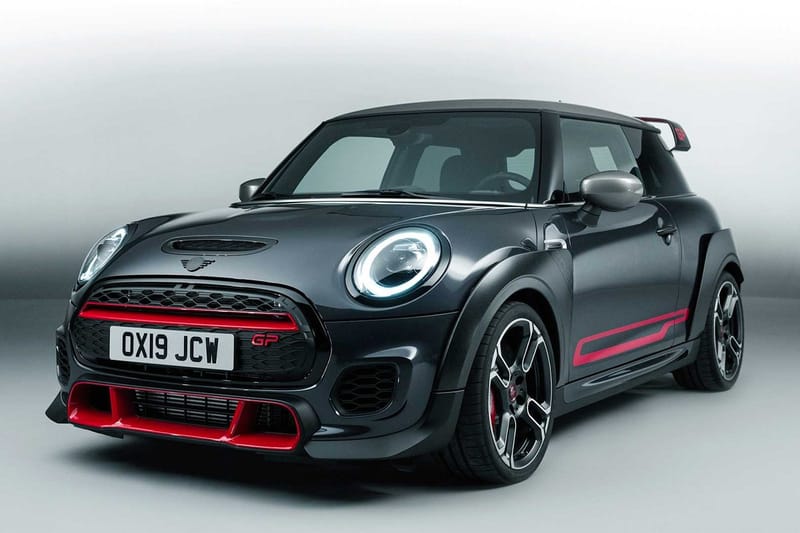
7. **Mini: Adorable Charm That Doesn’t Always Endure** Mini Coopers are, without a doubt, adorable. Their distinctive, compact design and agile handling imbue them with a unique charm that makes them incredibly appealing to a certain segment of the market. The promise of a fun, nimble, and stylish driving experience is a powerful draw, captivating many with its trendy reputation and go-kart-like feel on the road.
However, for a notable number of Mini owners, that initial charm often wears off much quicker than anticipated. The ‘fun’ aspect of driving can soon be overshadowed by the more practical, and often frustrating, realities of ownership. Owners frequently express regret over high maintenance costs, which can come as a surprise given the car’s relatively small size and seemingly simple design.
Beyond the financial burden, the driving experience can also be marred by unexpected reliability issues. Problems with the turbocharger, engine sensors, and various electronic components are unfortunately all too common. These recurring mechanical and electrical gremlins require frequent trips to the service center, turning what should be a joyful ride into a source of constant stress and expense.
The combination of reliability woes and high repair bills is further compounded by a less-than-stellar resale value. This means that owners who decide to part ways with their problematic Mini often find themselves facing a significant financial hit. Despite its vibrant and trendy marketing image, the day-to-day reality of Mini ownership frequently doesn’t match the fun and carefree picture it promotes, leading many to ultimately regret their purchase.
Beyond the Brand: Exploring 6 Key Reasons for Car Buyer’s Remorse, from Financial Woes to Maintenance Mistakes, and How to Avoid Them.
Okay, so we’ve talked about the car brands that often leave owners feeling a serious case of ‘what have I done?’ But here’s the thing: buyer’s remorse isn’t always about the badge on the hood. Sometimes, it’s about the journey you took to get that car, or even the journey you *didn’t* take once you owned it. Let’s peel back the layers and explore the broader reasons why that giddy excitement can turn into a nagging dread, no matter how much you might have loved the car itself.

8. **The Sting of Overspending: When Your Dream Car Becomes a Budget Nightmare**Ah, the allure of a new ride! It’s easy to get swept up in the excitement, to stretch a little further for that extra feature or that slightly more prestigious model. But what happens when that initial thrill fades and you’re left staring at a monthly payment that feels more like a mortgage than a car note? For many, the joy of a new car quickly evaporates when the financial reality bites harder than expected.
It turns out that buying an unaffordably expensive car is the second most common overall regret, hitting about 10% of car buyers. This isn’t just about sticker shock; it’s about the ongoing strain on your wallet that can make every drive feel less like freedom and more like a bill collector knocking. That initial desire for a high-end vehicle can quickly become a source of significant financial stress.
Interestingly, this particular pain point isn’t limited to those on tighter budgets. The LendingTree survey revealed a counterintuitive truth: high earners struggle too! More than a quarter of millennials, six-figure earners, and recent buyers report current hardship covering their monthly car bill. In fact, 28% of those making $100,000 or more annually struggle, which is more than double the 12% of people earning less than $35,000. It seems nobody is immune to the perils of overextending their budget.
The context sheds light on why this is happening: vehicle prices reached record highs in 2021, with the average new car selling for $47,000. This spike, fueled by supply shortages and a preference for more luxurious models, pushed the average new car payment to a staggering $688 per month. So, while your heart might want that top-tier SUV, your bank account might be screaming for a reality check, leading to that undeniable pang of regret.

9. **Missed Opportunities: The Regret of Not Shopping Around for the Best Deal**So, you found the car you loved, you signed the papers, and you drove off the lot feeling like a champion. But weeks later, you hear about a friend who got a similar model with a better interest rate, or saw an identical car advertised for less. That’s when the “what ifs” start to creep in, and the nagging feeling that you didn’t quite get the best possible deal begins to set in. It’s a classic form of buyer’s remorse, and it hits more people than you might think.
Not shopping around for a better car deal ranks as the third most common overall regret, affecting 8% of buyers. This isn’t just about the car’s price tag; it extends to the financing itself. Younger generations, in particular, seem to learn this lesson the hard way. A significant 7% of millennials, for example, regret not shopping around enough for an auto loan, missing out on potentially lower payments and better terms.
Many of us walk into a dealership focused solely on the car, forgetting that the loan itself is a huge part of the overall cost. Failing to get pre-approved for financing or comparing offers from multiple lenders can leave you with a higher APR than necessary. This oversight can translate into hundreds, if not thousands, of extra dollars over the life of the loan, turning an otherwise good purchase into a source of long-term financial disappointment.
It’s a powerful reminder that the true cost of a car isn’t just its sticker price. It’s the total amount you pay, including interest. Taking the time to compare deals, negotiate thoroughly, and secure the best financing possible is a vital step in preventing this particular flavor of regret. Because really, who wants to pay more than they have to, especially when a little extra effort could have saved you a bundle?
10. **The Cost of Neglect: When Skipping Maintenance Catches Up**Buying a car is just the beginning of the journey; maintaining it is the long-haul commitment. For many owners, the initial excitement of a new vehicle eventually gives way to the mundane reality of oil changes, tire rotations, and unexpected repairs. And for a significant number, regret sets in not because of the car itself, but because of decisions made—or not made—during its ownership.
Indeed, more than a third (34%) of consumers who’ve bought a vehicle admit to having regrets related to their ownership experience. Topping this list, at a notable 11%, is regretting not doing enough vehicle maintenance. It’s easy to put off that oil change or skip a recommended service, especially when life gets busy or budgets feel tight. But those small omissions often lead to much bigger headaches down the road.
Preventive maintenance, while sometimes feeling like a chore and a financial burden in the moment, is truly the backbone of long-term vehicle health. Neglecting it can rapidly accelerate wear and tear, leading to premature failures of critical components. This isn’t just an inconvenience; it can mean you’ll need to replace your car much sooner than anticipated, turning a manageable cost into a substantial, unplanned expense.
The regret here is multi-layered. It’s the financial hit of a major repair that could have been avoided, the frustration of an unreliable vehicle, and the self-reproach of knowing you could have prevented it. Properly caring for your car isn’t just about keeping it running; it’s about protecting your investment and preventing the kind of deep-seated regret that comes from watching your vehicle fall apart before its time.
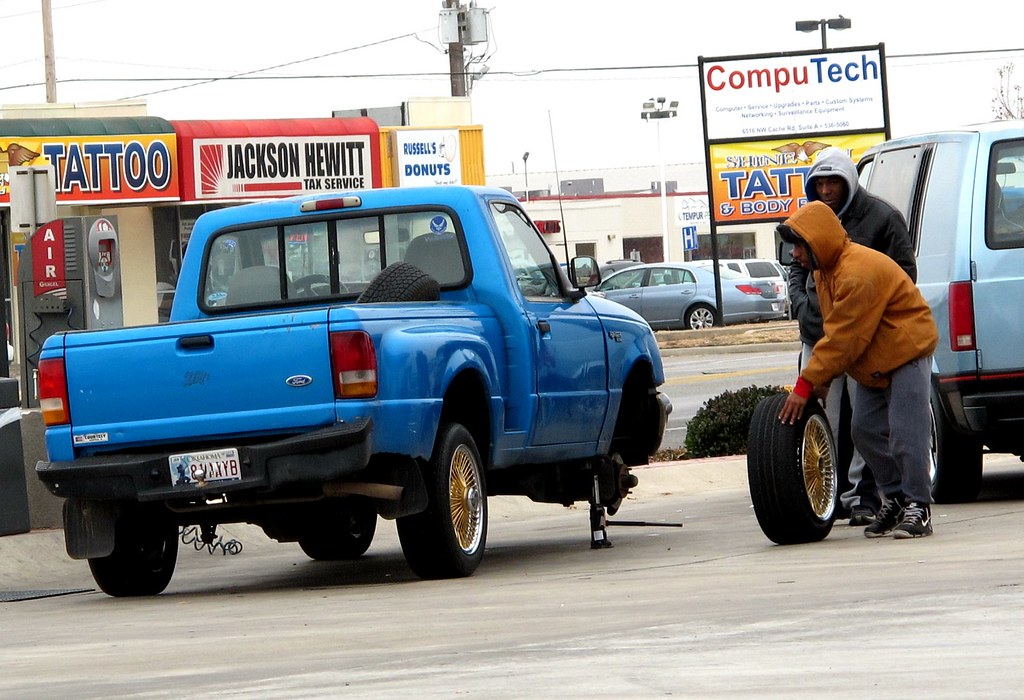
11. **Ignoring the Red Flags: How Small Issues Become Big Problems**Building on the theme of ownership regrets, sometimes it’s not just about what you didn’t do, but what you actively chose to ignore. That strange new squeak, the flickering dashboard light, the slightly rough idle—these are often early warning signs, red flags waving in the automotive wind. Yet, all too many drivers decide to put their fingers in their ears and pretend everything’s fine, only to face a much harsher reality later on.
This particular regret is incredibly common, with 9% of respondents admitting they regretted ignoring an issue until it was too late. This proactive avoidance of problems can be especially prevalent among younger drivers, as one-fifth (20%) of Gen Zers ignored something that became a major problem. Millennials aren’t far behind at 12%, showing that this isn’t just a youthful mistake but a widespread human tendency to hope for the best, even when the car is clearly signaling the worst.
Imagine that check engine light blinking on. It might seem like a minor annoyance, easily dismissed. But what happens when that ignored light is signaling a failing sensor, which then leads to catalytic converter damage, or worse, engine trouble? What started as a potentially cheap fix can rapidly escalate into a catastrophic, wallet-shredding repair bill. The regret that follows isn’t just about the money; it’s about the sheer frustration of knowing you could have acted sooner.
The lesson here is stark: listen to your car, and certainly don’t ignore those dashboard warnings! While it might be tempting to put off addressing a minor issue, doing so is often a direct path to profound regret. Those small red flags are there to protect you, both from mechanical failure and from the bitter taste of wishing you’d just paid attention when it mattered most.
12. **Drowning in Debt: The Underwater Car Loan Trap**Picture this: you’re driving your car, and suddenly you realize you owe more on it than it’s actually worth. That, my friends, is the uncomfortable reality of being “underwater” on a car loan, and it’s a deep pool of regret many Americans find themselves treading in. This situation isn’t just a financial inconvenience; it can severely limit your options and amplify any other buyer’s remorse you might be feeling.
Across all age groups, a staggering 33% of Americans have been, or are currently, underwater on their car loans. This percentage unfortunately climbs higher for younger generations, with 40% of Gen Zers, 39% of millennials, and 37% of Gen Xers reporting this difficult experience. It’s a sobering statistic that highlights the financial tightrope many drivers walk, often without realizing the precariousness of their position.
Being underwater can put you in a serious pickle. If your vehicle is totaled in an accident, your insurance payout might not cover the full amount you still owe, leaving you with no car and a lingering debt. Similarly, if you need to sell or trade in your car, you’ll likely have to come up with the difference out of pocket, a tough pill to swallow when you’re already disappointed with your purchase. It’s a debt trap that makes moving on incredibly difficult.
This phenomenon is often exacerbated by rapid depreciation, especially for cars with poor resale value, or by taking out long loan terms at high interest rates. It turns a simple vehicle purchase into a complex financial liability, where the feeling of being trapped by your debt only intensifies the regret of ever having bought the car in the first place. It’s a stark reminder to always consider the long-term financial implications.

13. **The Immediate Drop: When Buyer’s Remorse Hits Instantly**Sometimes, buyer’s remorse doesn’t creep in slowly over weeks or months; it hits you like a brick to the gut the moment you drive off the lot. That sickening lurch in your stomach, the sudden wave of dread—it’s an immediate, visceral reaction that can overshadow any joy a new purchase might bring. This profound, instant regret is a powerful psychological experience, one that can make you question every decision you’ve ever made.
One writer even shared that “buyer’s remorse has set in for every single one of their 13 car purchases,” with the onset varying from immediate to a few days in. They described a particularly vivid instance with a used Subaru Outback: “The car began making a pretty rough rattling noise just a few miles away from the dealership. My stomach sank deep.” Despite thorough checks, the immediate onset of a problem turned what should have been elation into instant anxiety and regret.
This kind of immediate remorse taps into “the very worst tendencies of your mind.” It’s psychological, with physical effects, quickly bringing to the surface “your inadequacies, insecurities, and your fears all exist in your fogged, panicked thinking, and the leaden lump at the pit of your abdomen.” In the writer’s case, a bone-dry oil sump was discovered later, highlighting how easily even careful buyers can miss critical issues that trigger instant regret.
While this immediate, debilitating remorse is tough, the silver lining is that it doesn’t have to last forever. The writer ultimately fixed their Subaru and found joy in their purchase, proving that with due diligence and action, even the most intense initial regrets can fade. And if they don’t? Well, as they wisely noted, “back to Craigslist!” Because life’s too short to drive a car you genuinely regret.
There you have it: the full spectrum of reasons why a car purchase can turn from a dream into a ‘why did I buy this?’ moment. From specific models that simply don’t hold up, to the tricky financial waters of loans and maintenance, to the gut-wrenching feeling of instant regret, it’s clear that buying a car is more than just picking a set of wheels. It’s a significant investment, both financially and emotionally. But here’s the good news: recognizing these pitfalls is the first step toward avoiding them. Arm yourself with knowledge, shop smart, and listen to your gut—and your car! By understanding what typically sparks buyer’s remorse, you can steer clear of those regrets and drive confidently into the sunset, knowing you made the right choice. Happy driving, everyone!

